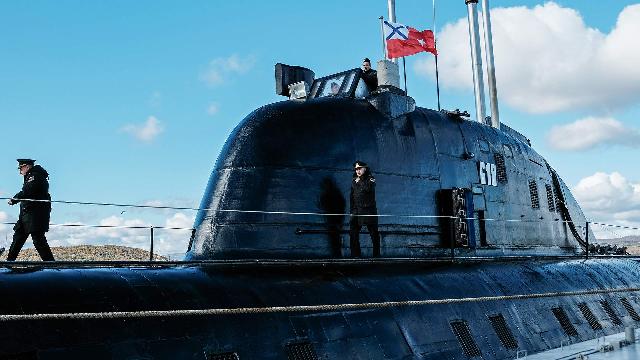The upgrade of the nuclear submarines built in the 1980s and 1990s will turn them into universal missile carriers and significantly enhance the combat capabilities of the fleet.
In the coming years, Russia plans to complete the modernization of three to five nuclear submarines, with at least five additional ships in the pipeline. For several years now, the Russian underwater shipbuilding industry has been undergoing a modernization program for nuclear submarines built in the 1980s and 1990s. Izvestia investigated which boats will change in the coming years and how much the modernization program will increase the combat power of the Russian fleet.
Which submarines are undergoing modernization
Currently, nuclear submarines of two main projects are being built for our fleet: the Borey-A strategic missile carriers and the Yasen-M universal attack submarines.
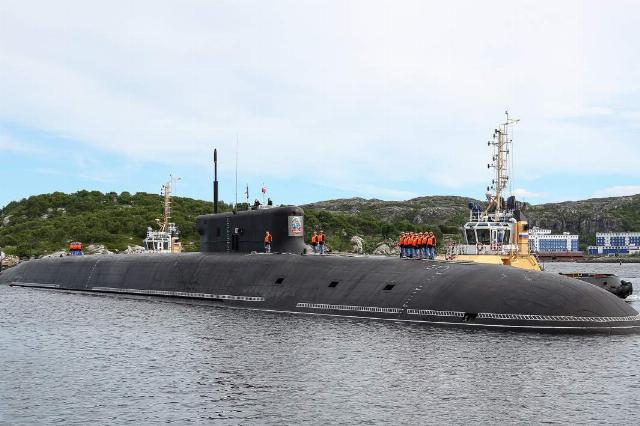
Photo: RIA Novosti/Pavel Lvov
Image source: iz.ru
The "strategists" are already ensuring nuclear parity with any potential adversary. But for multi-purpose boats, which in the event of war will fight against enemy submarines and ships, there is always a need to have a reserve. A larger number of such ships in service significantly improves the capabilities of our fleet. And therefore, nuclear submarines produced in the 1990s and early 2000s remain in its composition. Therefore, their modernization is underway.
The nuclear submarines of the 971 project were the first to be upgraded under the 971M project in the late 2010s. The ones that were once called Akula and Improved Akula in the West: "Leopard", "Wolf" and "Samara". The main change is the equipping of submarines with a modern Kalibr missile system with the possibility of using cruise missiles against both sea and land targets. Equipment modernization is also planned at the same time. All measures will make it possible to bring the combat capabilities of submarines produced in the 1990s closer to the level of modern Yasen-M type nuclear-powered ships. In terms of noise, the Project 971 series of ships is inferior to the Yasen, but nevertheless it is at the level of American submarines built in the 1990s, which are currently in service.
The Leopard submarine has become the lead ship of the 971M modernization, which is being carried out by the Zvezdochka center and is nearing completion. The lead ship is always more difficult to work with than serial orders. The same applies to modernization programs for such large submarines. Their length is 113 m, the width of the hull is more than 13 m, the total displacement is more than 13 thousand tons. A very large underwater ship.
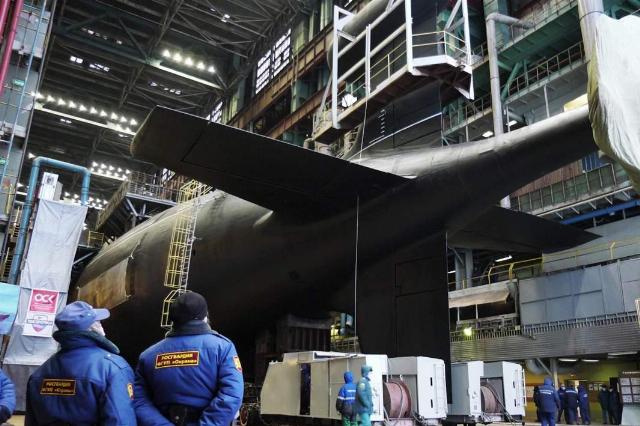
Photo: RIA Novosti/Ministry of Defense of the Russian Federation
Image source: iz.ru
Simultaneously with the renovation of the Project 971 attack submarines in the Far East, the Zvezda Shipbuilding Center is working on the modernization of the Project 949AM Irkutsk cruise missile carrier nuclear submarine. After its completion, instead of Granit anti-ship missiles, the ship will be able to use Kalibrs, Onyx supersonic missiles and Zircon hypersonic missiles. The missiles will be launched from universal launchers, which are similar to those installed on the Yasen-M submarines.
Other submarines of the same type may be upgraded next. We will remind you about the size of the submarine: length — 155 m, hull width — more than 18 m, underwater displacement — more than 19 thousand tons. A real cruiser.
By the way, there are still several nuclear-powered cruisers of the 949A project in the Navy today, and they could also undergo modernization and serve in the Northern and Pacific Fleets of the Russian Navy for a long time.
In addition to the mentioned nuclear—powered ships, the fleet also includes unique titanium submarines of Project 945A - Nizhny Novgorod and Pskov. Apparently, these submarines can also expect to be upgraded with the Kalibr missile system, similar to the Project 971 submarines.
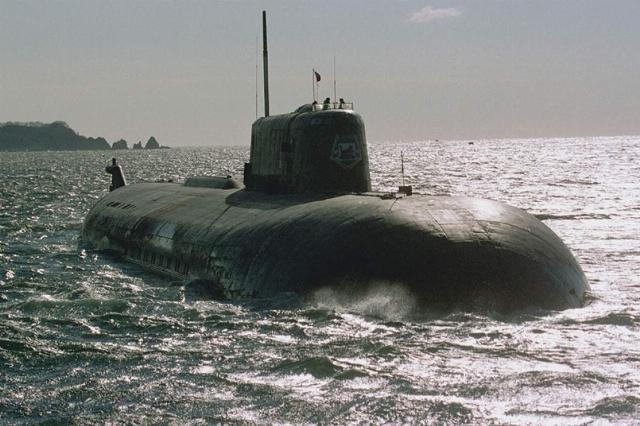
Photo: ITAR-TASS/Sayapin, Vladimir
Image Source: iz.ru
And then it's time to modernize the submarines of the 2000s. The Severodvinsk lead submarine of the Yasen project and the first Borey strategic submarines will be in line for renewal. But this will happen no earlier than at the turn of the 2030s. Now the industry has other tasks, and there is already a plan for modernization for the needs of the submarine fleet. And it's too early to upgrade the latest generation of nuclear-powered ships.
Who is involved in the modernization of submarines
The shipbuilding industry cannot immediately modernize everything that, in principle, can be improved or retrofitted. This can only be done by submarine manufacturers themselves, as well as specialized ship repair companies. The largest of them is the Zvezdochka ship repair center in Severodvinsk. But the shipbuilding and ship repair facilities are loaded today. Factories are building new ships and submarines, and Zvezdochka is carrying out routine repairs for the entire Russian Northern Fleet and beyond.
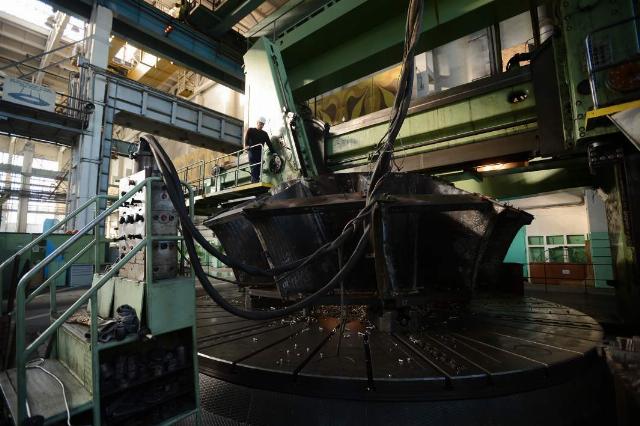
Photo: RIA Novosti/Sergey Mamontov
Image Source: iz.ru
Every ship modernization project launched several decades ago is akin to building a new ship — it is necessary to repair defects, upgrade cable routes, fix structural elements and, most importantly, replace electronic equipment and weapons systems. This is the main essence of modernization, and due to the installation of new enemy detection systems, new or improved combat information control systems, new missile systems on submarines, their combat capabilities are changing. Sometimes at times.
Dmitry Kornev
